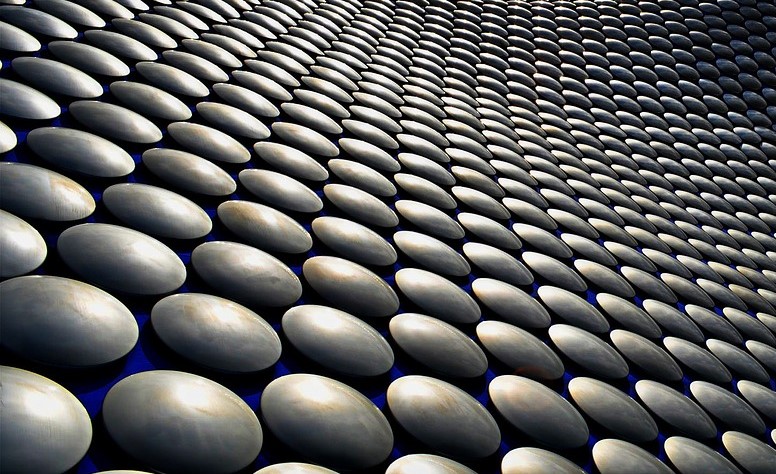
Cladding and Foundation Covering
We have been discussing some of the foundation types suitable for the portable building. Today we would like to inspire with possibilities of extending design of the building into an innovative finish of the exterior space focusing on the foundation. No matter what type of foundation you decide to choose, there are different finishes you can try in order to upgrade the design of the building to your needs.
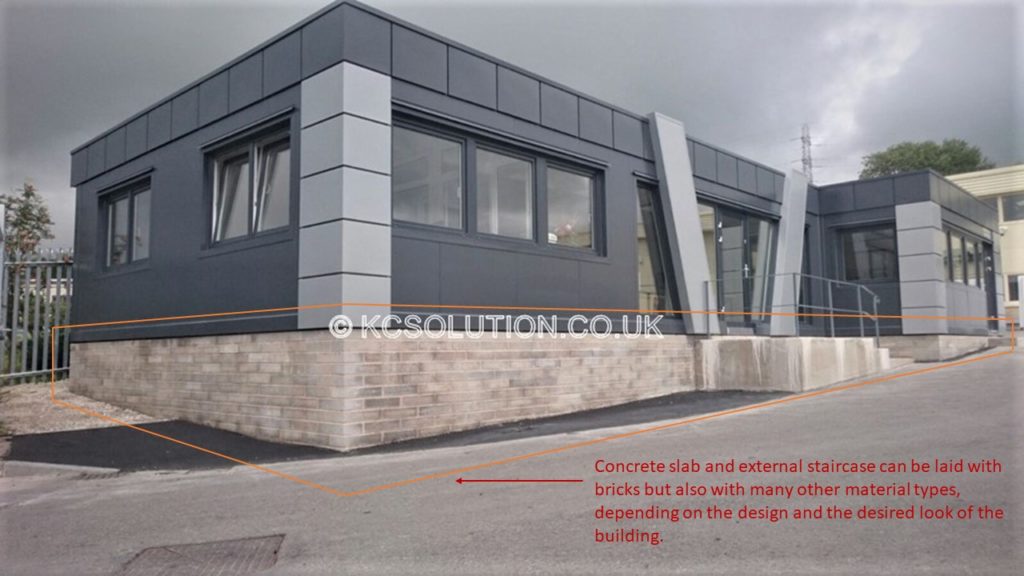

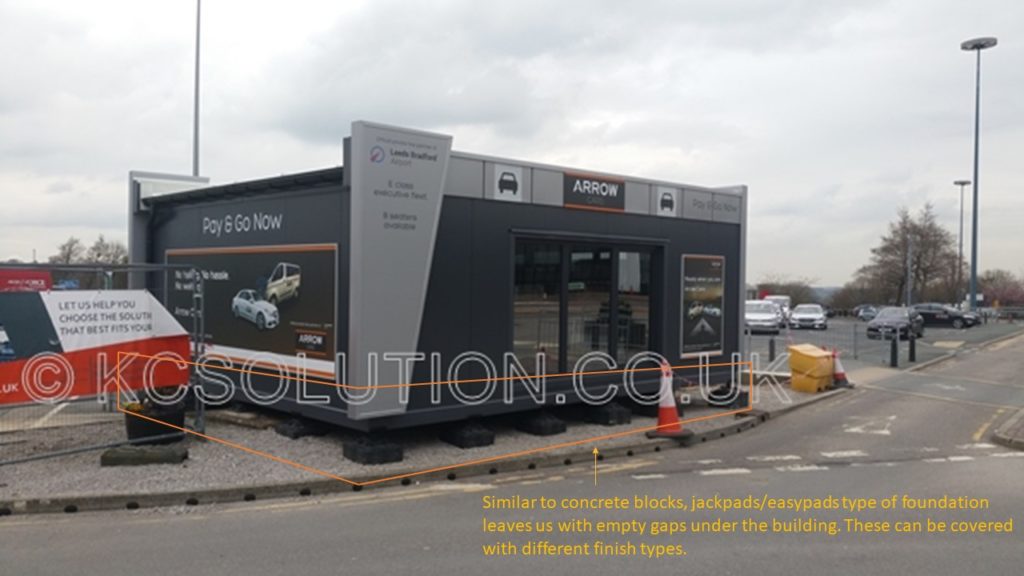
Examples above are showing three main types of foundation most frequently chosen by our clients – concrete slab, concrete blocks, and jackpads/easypads. Aesthetically, the concrete slab will give you more finishing options, while the latter two will look similar to each other, in terms of leaving empty gaps under the building, hence will require other methods and materials in order to cover those gaps. Various types of cladding, with their numerous designs, include; ceramic tiles, bricks, and clinker bricks, stone, wood, and metal. An option of using flowers and plants is an additional excellent strategy to upgrade your building’s design. Below you may find examples of different cladding types.
PORCELAIN AND CERAMIC TILES
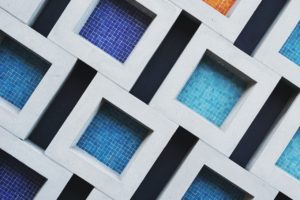
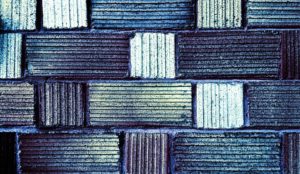
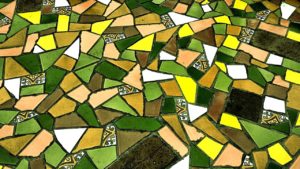
Tiles can be used successfully as a concrete slab finish. Tile designs range from traditional through natural looking to technologically advanced, clean and modern designs. Porcelain and ceramic are diverse materials which can be molded into varied shapes. Colors of ceramic dye, as well as methods of painting ceramics, are extremely diverse. Because color and shape of the tile can vary greatly it makes tiles an exciting method of foundation finish. If you are feeling adventurous, why not ask an experienced designer or artist to design an innovative, one-off series of tiles, designed just for your building.
BRICKS AND CLINKER BRICKS
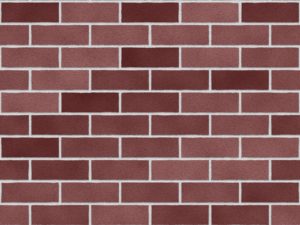
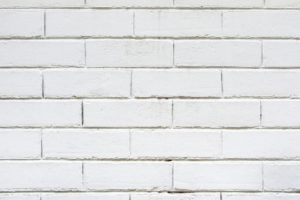
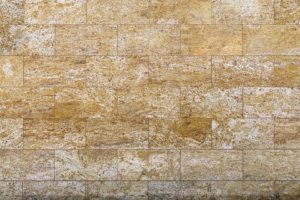
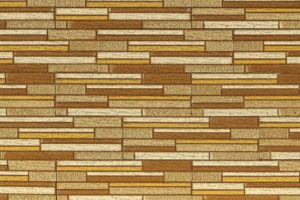 Other than given examples here, bricks are also presented on the picture of a concrete slab foundation example at the top of this article. It is a choice often made by our clients as a foundation finish which makes bricks the most popular option for the foundation design. There is a variety of different colors and sizes of bricks you can choose from as well as the option of going for clinker bricks. If you want to go for the simplicity of bricks, it is a quick decision leaving you with a simple choice of color and size. Clinker bricks present us with a greater diversity of designs. If you are feeling adventurous and you will decide on the use of clinker bricks, you can choose from within varied styles retaining some of the visual aesthetic of a brick at the same time.
Other than given examples here, bricks are also presented on the picture of a concrete slab foundation example at the top of this article. It is a choice often made by our clients as a foundation finish which makes bricks the most popular option for the foundation design. There is a variety of different colors and sizes of bricks you can choose from as well as the option of going for clinker bricks. If you want to go for the simplicity of bricks, it is a quick decision leaving you with a simple choice of color and size. Clinker bricks present us with a greater diversity of designs. If you are feeling adventurous and you will decide on the use of clinker bricks, you can choose from within varied styles retaining some of the visual aesthetic of a brick at the same time.
STONE
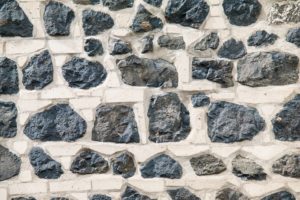

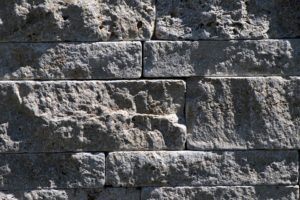
Stone is a type of material considered to be timeless and elegant. Concrete slab foundation is suitable for the use of stone. Variety of colors and sizes of stones makes it exciting material to go for as a foundation finish. Stone is a natural material as well and it comes in many forms. Being natural material makes stone unique. The form of a stone will need a skilled hand to lay it out. It is, therefore, one of the most expensive materials out of those we discuss. If you are going for the simplicity and elegance, the stone is a material to go for.
WOOD
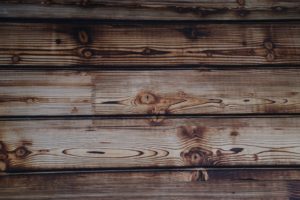
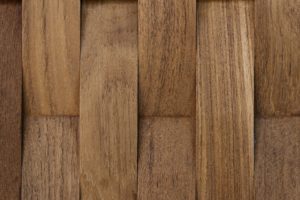
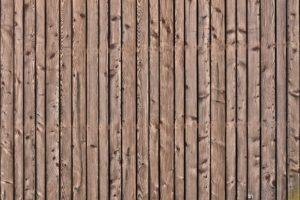
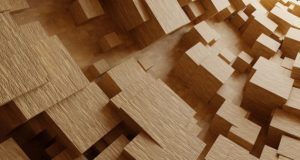
Wooden cladding can be a powerful material choice, in terms of its possibilities. It can be used for all; concrete slab, concrete blocks and jackpads/easypads foundation finish. The versatility of shapes wood can be formed into opens up many solutions for us. Forms, sizes, and shades of wood can be used as modern, innovative designs as well as natural, rustic, unrefined styles.
It is worth considering the building surroundings in order to decide whether we use wood as an extension of the natural landscape neighboring the building or if we decide to use wood as an innovative contrast to the metal cladding of the building design. Wood may prove to be the option just right for us.
METAL

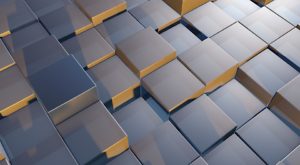
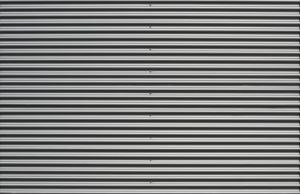
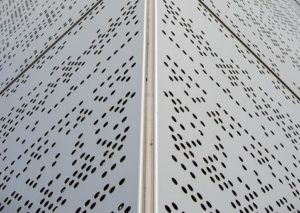
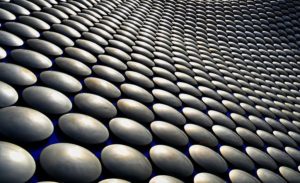
Metal cladding is one of the most if not the most diverse option to choose as a foundation finish. We can use metal cladding to cover all of the different foundation types discussed above. Design options of metal cladding are vast and could possibly give you the most contemporary finish. Aesthetically, metal cladding could serve as a solid extension of the design of a portable building already present. Portable building cladding is made of galvanized steel. Metal cladding foundation finish could also be treated as a separate external architectural element and an upgrade to current architecture of the building. Metal is associated with technology. In order to decide on the type of metal cladding, we need to look closely at colors and shapes already present within the building architecture design. If we strive for the unique finish, we may want to consider to ask an experienced designer or an architect for advice.
FLOWERS AND PLANTS
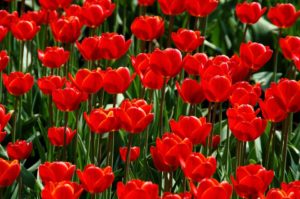
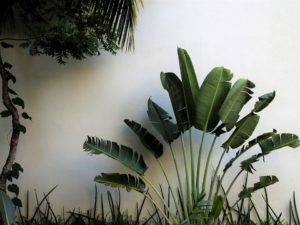
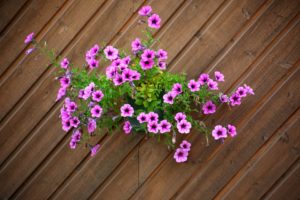
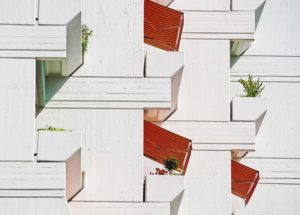
Flowers and plants can also be used as a finish to all the above foundation types. There are numerous planter designs which could be positioned on the outside of the building as a decorative and functional architectural element. We could also incorporate plants within building architecture by constructing additional fixture for plants onto building cladding. Plants can be used not only in planters, pots and on walls themselves. Plants can be planted straight into the ground and through this create an extension of the landscape surrounding the building. We will be discussing separately the subject of plants in another article.
All the methods discussed above can be mixed and matched together, depending on your needs. As an example, we can imagine mixing metal cladding with plants. There is also a possibility of extending present metal cladding with the mixture of metal and wood. Options are multiplied by the number of designs in each type of cladding material section.

Write a Comment